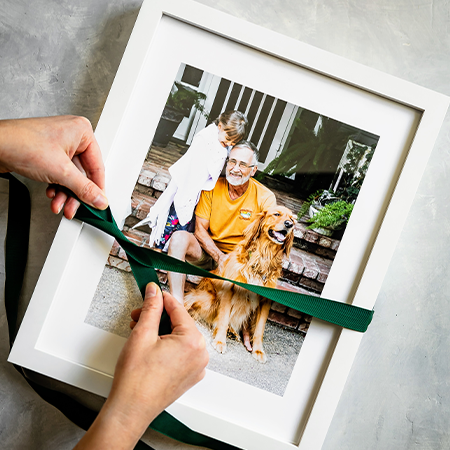
Over the years, Scott and I have rescued a lot of furniture from flea markets, thrift stores and, yes, even back alleys. Because vintage and antique furniture were traditionally crafted with solid wood (sometimes with a veneer), we’ll first try to repair the condition of the wood. This doesn’t mean that we need to break out the power sander and spend hours going over every surface of our piece until we’re down to the raw wood; rather, we continue to use a simple 5 step “wood refresh” method that will revive our tired furniture and make it look new again.
Spruce up what you already have, and fall in love with your antiques again! Most recently, we purchased four gorgeous Mid-century dining chairs at a flea market. We placed them around our dining table, which is part of an open concept floor plan in our main living space.

From far away, they look okay, but up close, you can see that they’ve been loved over time, causing wear marks around the arms and legs.
Before you get started, you’ll want to gather your supplies – supplies that I guarantee you’ll be using over and over again as you get the urge to salvage all the wood furniture in your home! Everything can be found at your local hardware store. You’ll need:
- A handful of old rags
- Sanding blocks, 1 medium grit and 1 fine grit
- Murphy Oil Soap
- Danish Oil (choose a tone that matches your existing rescue)
- Howard Feed-N-Wax

STEP ONE: SAND
In a lot of cases, you won’t need to sand down the entire piece of furniture. Starting with your medium grit sanding block, focus only on the areas that need the most attention. Look for any scratches and water marks, and always sand in the direction of the wood grain. Follow that up with your fine grit sanding block, which will make everything feeling nice and smooth.


STEP TWO: CLEAN UP WITH MURPHY OIL SOAP
Wipe off all the excess sanding dust, and spray everything down with the oil soap. It’s a no rinse formula, so just clean up and move on!

STEP THREE: APPLY YOUR DANISH OIL
Liberally apply your oil to all those freshly sanded areas with a rag. You’ll notice immediately that they’ll darken right up! For wood that’s extra thirsty, you’ll also see that the oil will soak right in. Keep applying layers of oil until your furniture is no longer soaking it in. Tip: For extreme rough areas where the Danish oil isn’t darkening to your liking, you can take this opportunity to apply a small amount of wood stain to those lighter areas.

STEP FOUR: NOURISH WITH FEED-N-WAX
Allow your furniture to soak in as much oil as possible by leaving it alone for an hour. By then, you’ll notice that everything should be try to the touch, and you can then move on to using the Feed-N-Wax. I always apply this very generously, and it’s as easy as following the instructions on the back of the bottle.
Apply with a fresh rag, wait 20 minutes, wipe off any excess, and buff. Just like the oil, the Fee-N-Wax may absorb entirely into the furniture; if that’s the case, your piece really needed a good rescue! For extra tough jobs, I might put on another coat of Feed-N-Wax, and then I always buff it off with a new rag at the end. Your furniture will be glowing by now!




STEP FIVE: ENJOY!
LOOK AT YOU, YOU FURNITURE-SAVING-ROCK-STAR, YOU.
This 5 step method works great on jobs large and small (think: small end table scratches or an entire dining hutch), and you can work on one little area at a time or just go for it as time allows. I recommend working in a room with the windows open, as the smell of the Danish oil can be strong, or take your job outside on a beautiful day. I urge you to give this a try before you consider donating your wood antiques – or before you consider throwing a coat of paint on the finish. Save the wood, one furniture rescue at a time!











